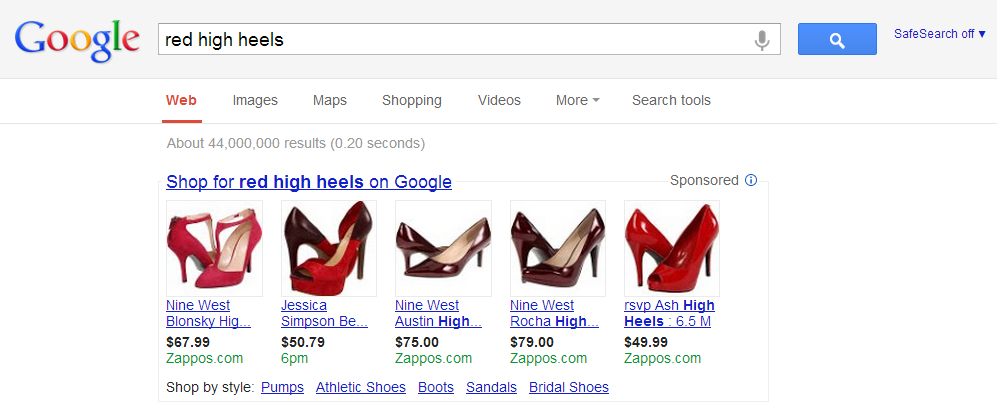Google Shopping Conversion Rate Drops in Q3

When compiling and analyzing the data for our Top 10 Comparison Shopping Engines Compared in Q3, we had an alarming finding. Google Shopping, the giant that dominates many significant metrics when it comes to comparison shopping campaigns, actually had a marked decrease in conversion rate from Q2. Google had an overall conversion rate of 2.62% in Q2, and this was basically all free traffic. However, in Q3, when Google switched to their paid model, overall conversion rates dropped to 2.47%.
Sure, this isn’t that much lower, but when factoring in that overall paid Google Shopping conversion rates were 1.99%, then we have a problem. For Q3, there were stragglers of merchants that still received free traffic from Google, and they had a nice conversion rate of 2.85%, and this rate brought up the dismally lower 1.99% of the merchants that had to pay for their traffic.
We already know that Google is an effective, lucrative CSE for many merchants, so the likely question is why the drop? Well, we have a few ideas.
The switch over to a paid, CPC model was undoubtedly a big blow to many small retailers. They didn’t have the manpower or resources to manage a paid CSE campaign. So what we saw is a small number, sometimes just one, of bigger, more experienced retailers that would dominate an entire Google results page (SERP) because they could and knew how to bid higher than most of their smaller competitors. This is called flooding (see below)

Flooding does 2 things. For the online shopper, it may first give (overall) less choices from multiple merchants. It may also give 3 or for 4 choices from just one merchant. A couple things happen here. Let’s say if all 4 of those products from the one merchant gets clicked, they may only result in 1 sale, and that’s if they’re lucky. That’s 4 clicks, 1 conversion instead of the ideal 1 click, 1 conversion. That’s a lower conversion rate.
Both results also contribute to an overall worse consumer experience. This happens because online shoppers typically get a smaller selection of products from a smaller selection of retailers. When search results no longer align as well to shopper search queries, it’s not surprising to see conversion rates drop.
We can only hope that Google notices the decline in this important metric and makes the appropriate changes to their algorithm because this issue hurts both consumers and merchants.
Let us know what you think about Google’s lower conversion rate in the comments below.
